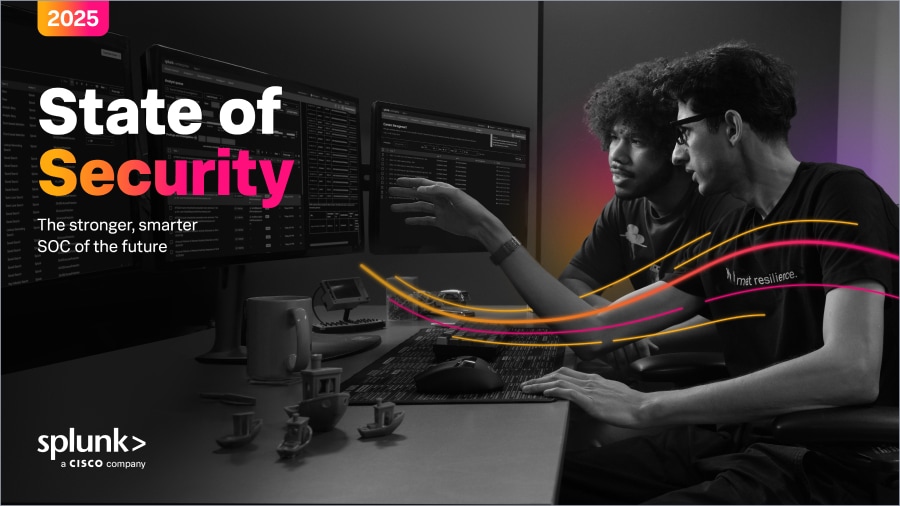Project Management for Security Operations

Course Content
Elements of an Effective Security Policy
-
1. What is a Security Policy? The “Why” Behind the Work
-
2. The Security Documentation Hierarchy
-
3. Anatomy of a Well-Structured Policy Document
-
4. Characteristics of an Effective Policy
-
Key Takeaways/Summary:
Legal and Ethical Considerations
Drafting Guidelines and Structure
Approval and Implementation Processes
Monitoring and Review Mechanisms
Certification: Policy Development Practitioner (PDP)
Student Ratings & Reviews

No Review Yet